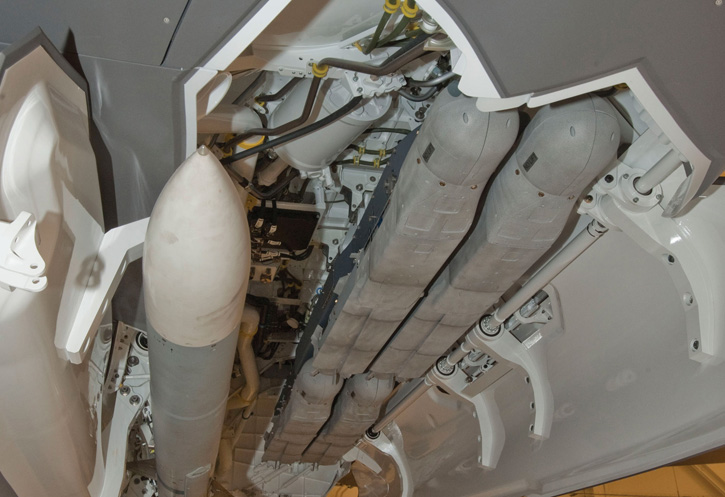Elbit, Harris to replace panoramic display in F-35 cockpit
- 28 JUNE, 2017
- SOURCE: FLIGHTGLOBAL.COM
- BY: STEPHEN TRIMBLE
- WASHINGTON DC
Elbit Systems and Harris will replace the head-down panoramic display system for the Lockheed Martin F-35 after 2019, the companies have announced.
Lockheed selected Elbit’s US-based subsidiary to begin developing a new large-format, touchscreen display for the F-35 cockpit. Separately, Lockheed awarded a contract to Florida-based Harris to develop a new computer processor for the display.
The selections were made as part of Lockheed’s Technology Refresh 3 (TR3) effort for the F-35, which is installing new electronics in the 16-year-old fighter fighter programme.
As part of TR3, Lockheed also selected Harris to supply a new aircraft memory system for the F-35, updating the solid-state device used to store the aircraft’s operational flight programme software, mission data files and prognostics and health data.
“The new TR3 electronics pave the way for system upgrades well into the future,” says Ed Zoiss, president of Harris Electronic Systems.
A technology development phase for TR3 begins in June 2017, followed by a system qualification phase 1.5 years later, Harris says. Following qualification, Lockheed would award a production contract.
The new suppliers will replace the 20in-wide panoramic display and processor for the F-35 now provided by L-3 Communications.
Since 2010, Elbit Systems of America has proposed the CockpitNG panoramic display as an alternative to the L-3 technology for the F-35, as well as for other fighter programmes, including the cancelled Boeing F-15 Silent Eagle.
https://www.flightglobal.com/news/a...o-replace-panoramic-display-in-f-35-c-438871/







